Announced only moments ago, the Samsung Galaxy NX is probably one of the most fully capable mirrorless interchangeable lens cameras on the market. A cross between a Samsung Galaxy S4 and the Samsung NX20, this camera offers both top of the line Android and camera specs. As a camera enthusiast myself, I figured I’d give you guys a rough comparison with some of the more popular mirrorless interchangeable lens cameras on the market. Let’s take a look.
Samsung Galaxy NX $?
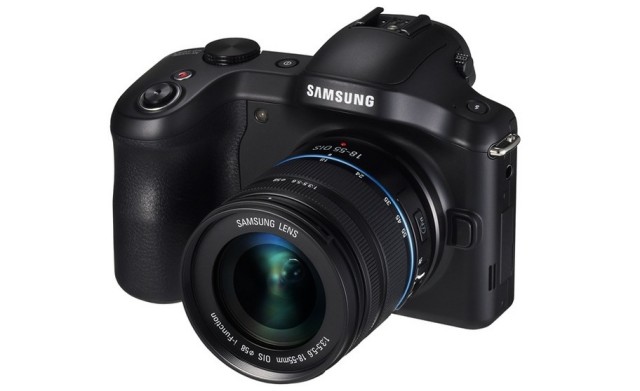
- 20.3MP APS-C CMOS sensor
- 4.8inch HD display (no tilt)
- SVGA viewfinder
- Pop-up flash
- Multi-interface hot shoe
- 8.6 pictures per second
- 1080p HD video 60/24fps
- ISO range: 100 to 25600
- 16GB internal/micro SD card slot/ 2GB of RAM
- 4G LTE, WiFi, Bluetooth 4.0
- 4,360mAh battery
- Android 4.2.2 Jelly Bean
- 1.6GHz quad-core processor
Sony NEX 6 $800
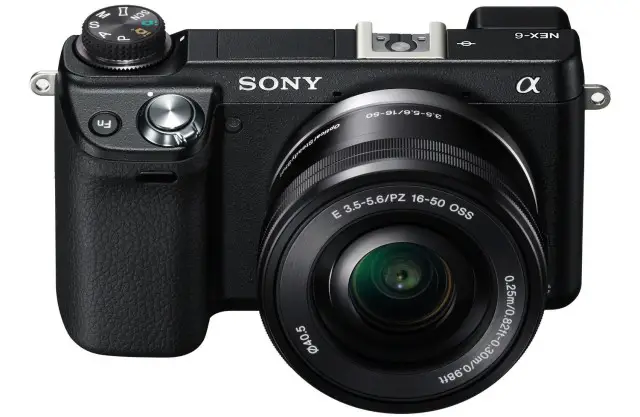
- 16MP APS-C CMOS sensor
- 3-inch display (921k dots, tiltable)
- OLED viewfinder
- Pop-up flash
- Multi-interface hot shoe
- 10 pictures per second
- 1080p 60/24fps
- ISO range: 100-25600
- Hybrid phase/contrast detection autofocus
- Focus peaking
- In-camera apps (limited)
- WiFi sharing and downloading (using PlayMemories app)
- 1,080mAh battery
Nikon 1 V2 $800
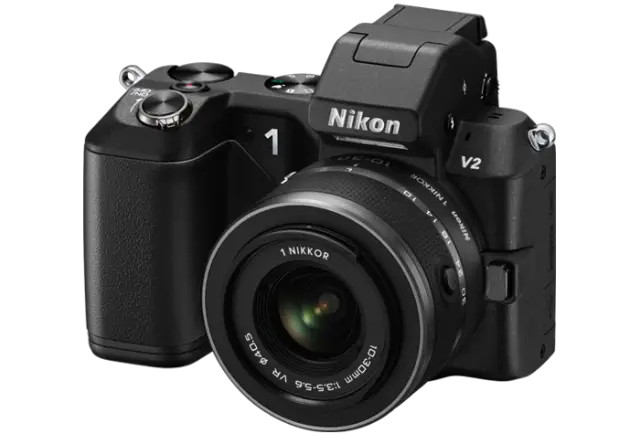
- 14.2MP CMOS sensor
- 3-inch display (921k dots)
- Built in EVF (1440k dots)
- Pop-up flash
- Accessory shoe
- 15 pictures per second
- 1080p video (can take pictures while recording video)
- ISO range: 160-6400
- Hybrid phase/contrast detection autofocus
- WiFi with adapter (sold separately)
- 1,900mAh battery
At the time of this writing, Samsung hasn’t provided a price for the Samsung Galaxy NX but we’re expecting it to retail for around the ballpark of $1,000. It only makes sense given the current pricing for the NX20 and the NX300 are around $700, but offer a lot less bang for the buck. On the camera front alone, it appears that the Galaxy NX can compete with the big boys thanks to its mirrorless APS-C CMOS sensor, interchangeable lenses, and full range of connectivity options. 4G LTE, WiFi, and even Bluetooth 4.0 make their way into the NX and are something you wont find on comparable mirrorless offerings from Sony, Canon, or Nikon.
Apps
For many, connectivity alone might not be a killer feature unless wirelessly sharing images from the NX to your smartphone or computer is a highly sought after feature. Because the Galaxy NX uses Android as its core OS, it not only further opens up the range of direct sharing options available with the NX, but also gives the device some in-camera editing features, thanks to applications already available on Google Play (Aviary, Snapseed). Keep in mind that many photo editing apps will scale down images to mere kb in size upon exporting, so I wouldn’t plan on doing much “sharing” outside of the usual social networks. Samsung’s camera software does provide for 30 “smart modes,” complete with filters displayed in real-time.
The Sony NEX 6 has a few filter modes as well, and with built-in WiFi, transferring to your smartphone or computer is done via their own PlayMemories app. The app doesn’t get much love and it wont transfer video, making it limited but overall it gets the job done. As for the Nikon 1 V2, the camera doesn’t come with built-in WiFi capabilities, but can be added using a $60 WiFi adapter/dongle. Not really too convenient as its small size makes it easy to misplace.
Versatility
We have to subtract some versatility points on the NX due to its non-tiltable display. This provides a challenge for selfies and vlogs but I suppose it’s nothing a good mirror can’t fix. Of course, an interchangeable lens camera is often only as good as the variety of lenses available for it, giving the Sony NEX 6 and Nikon 1 V2 the upperhand. Samsung does have a few pancake, ultra-wide fisheye, and of course, prime and zoom lenses available in the NX mount, but finding anything bigger than F/2.0 will be a challenge. While the Galaxy NX doesn’t have a huge catalog of lenses available, there is an adapter that can be purchased to mount lenses from Canon, Nikon, etc.. Nice, but keep in mind this comes at the cost of auto-focus.
Size
The larger size of the Galaxy NX will no doubt be a turn-off to some, especially when compared against the diminutive size of the NEX line, or Nikon J1’s. Generally speaking, anything that doesn’t fit into your pocket will most likely end up around your should or in a purse — so size doesn’t play too big a role in this case. If size is a factor to you, the point-n-shoot sized Nikon Coolpix A with APS-C sensor might be a better fit.
When compared against “connected” cameras like the Sony NEX 6 and Nikon 1 V1 (with the adapter), the NX still manages to shine. For many cost will most likely be the deciding factor, but in the end, it’s hard to beat the NX’s versatility and connectivity options. A jack of all trades, the NX is seemingly a master of both.
Curious to hear your thoughts on the Samsung Galaxy NX. Any Android photographers out there considering picking up the Galaxy NX once its released?



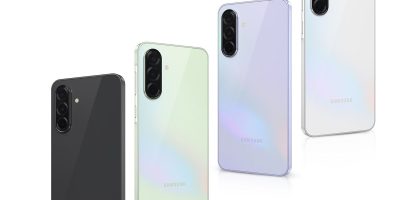

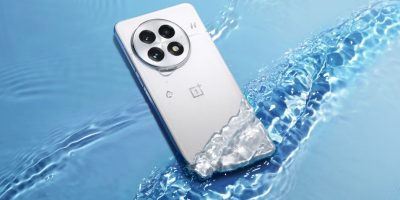



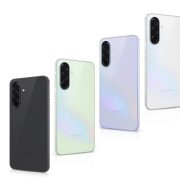
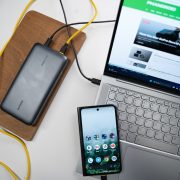

It’s really an interesting product, I don’t think a lot of consumers will buy it though. we’ll see
Honestly, I’m super curious about it. I want to try it out before buying and of course, would need an official price :P
Yep. sure the price is going to be the main factor :)
At the end of the day, none of this matters. its about speed and quality of shots. Versatility of lens choices andquailty of the product. Thats all!
Samsung Netherlands reported that the Galaxy NX will have a RRP of €1499,- And if someone would have to chose between the above cameras, the Sony Nex 6 would be the camera to chose. Wifi, GPS, and turning your smartphone into an external viewfinder can be done with a specific app from Sony. There is no contest here.
A similar Samsung app exists for their cameras as well. Pricing wise, I think I’d still go with the NEX 7 over this Samsung ($1,500+ is a lot of dough).
Wow, $1500? I bought my Canon 7D for less than that a few years ago. If that’s the price it’s not going to sell.
The comparative has to be with the NX20 a real mirrorless camera for less than $800.
Any idea what carrier / contract obligations there are for the LTE? I’m not sure how practical LTE/wifi would be for transfering 20MP images would be anyways. Offloading the super-sized pic files by a hard connection (usb/card reader) would be a whole lot quick for sure. And that’s not addressing potential bandwidth caps either. Having a digital compass with GPS would have been cool for better orientation/location metadata. I’d like to see how responsive the NX is in extreme low light or high speed action/sports conditions. I’m looking for something to replace my (sad) Rebel XTi.
Wow Chris, what a terrible comparison, what an ugly review! Apps, versatility and size? That’s how you pitted them against each other? Either way… I think the Sony NEX line would win hands down. More interchangeable lens, smallest, and far greater quality of pics with a sensor that is easily the best you can get in a digital camera.
This really is an awful, terrible review- and not just because I don’t agree with the results. I usually like your writing, but I thought Quentyn wrote this for a minute.
Was that supposed to be an insult?